Tuscan kitchen design marries the warmth of the Italian countryside with timeless elegance, creating spaces that feel inviting, lived-in, and rich in character. Drawing inspiration from rustic villas and historic farmhouses in Tuscany, these kitchens embrace natural materials—such as stone, wood, and hand-crafted tiles—alongside soft, earth-inspired color palettes. From the iconic terracotta floors to ornate range hoods and glass-fronted cabinets, each element contributes to a cohesive whole that’s both functional and aesthetically captivating. Below are 20 detailed ideas to help you bring the essence of Tuscany into your own kitchen, ensuring a space that’s as practical as it is beautiful.
1. Warm Earth Tone Palette
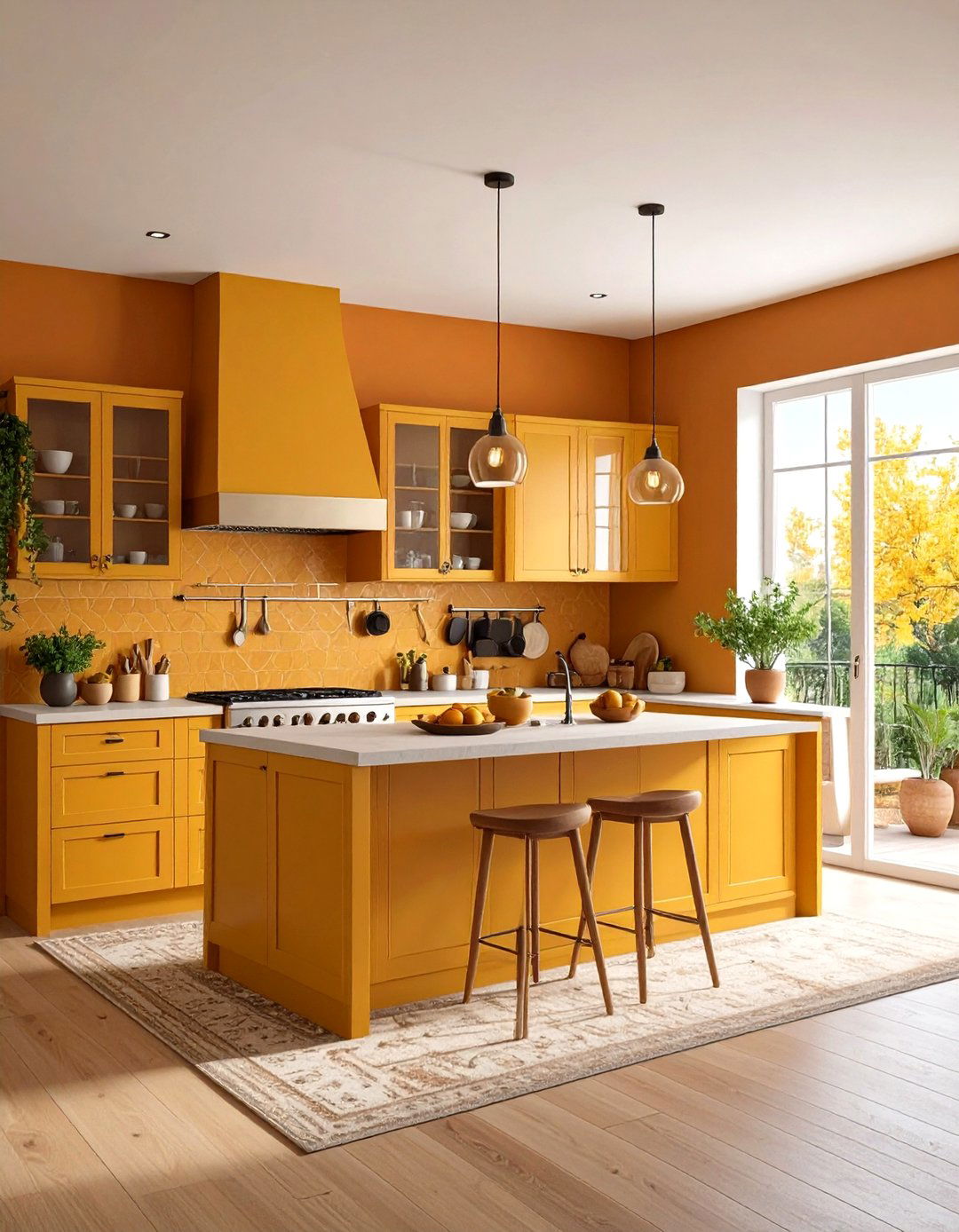
Begin with a color scheme grounded in rich, sun-baked hues—golden ochre, rust orange, burnt sienna, olive green, and deep browns. These tones echo the rolling vineyards and olive groves of Tuscany, infusing your kitchen with a sense of warmth and authenticity. Pair these colors on walls, cabinetry, and textiles to establish an inviting backdrop that complements natural materials like stone and wood. Accents of muted blues or purples can lend subtle contrast without disrupting the overall harmony of the palette.
2. Exposed Wooden Beams
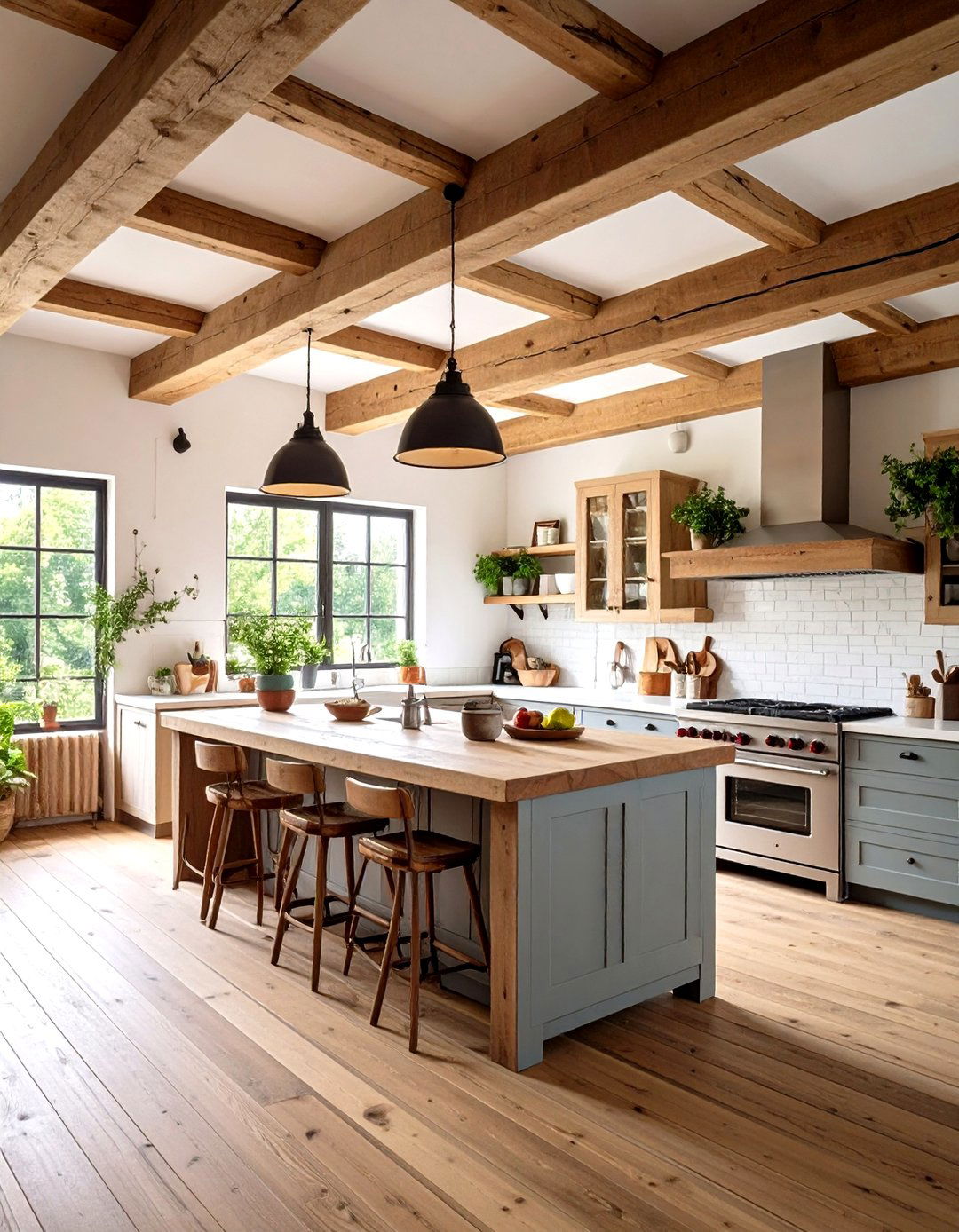
Exposed ceiling beams crafted from reclaimed or distressed wood bring architectural interest and a sense of history to the space. Their sturdy, weathered appearance evokes the centuries-old villas scattered across the Tuscan hills, while adding warmth and texture overhead. Position beams parallel to the kitchen island or in a vaulted ceiling to draw the eye upward, enhancing the room’s volume. This structural element pairs beautifully with plaster walls and stone flooring for a truly authentic look.
3. Hand-Painted Tile Backsplash
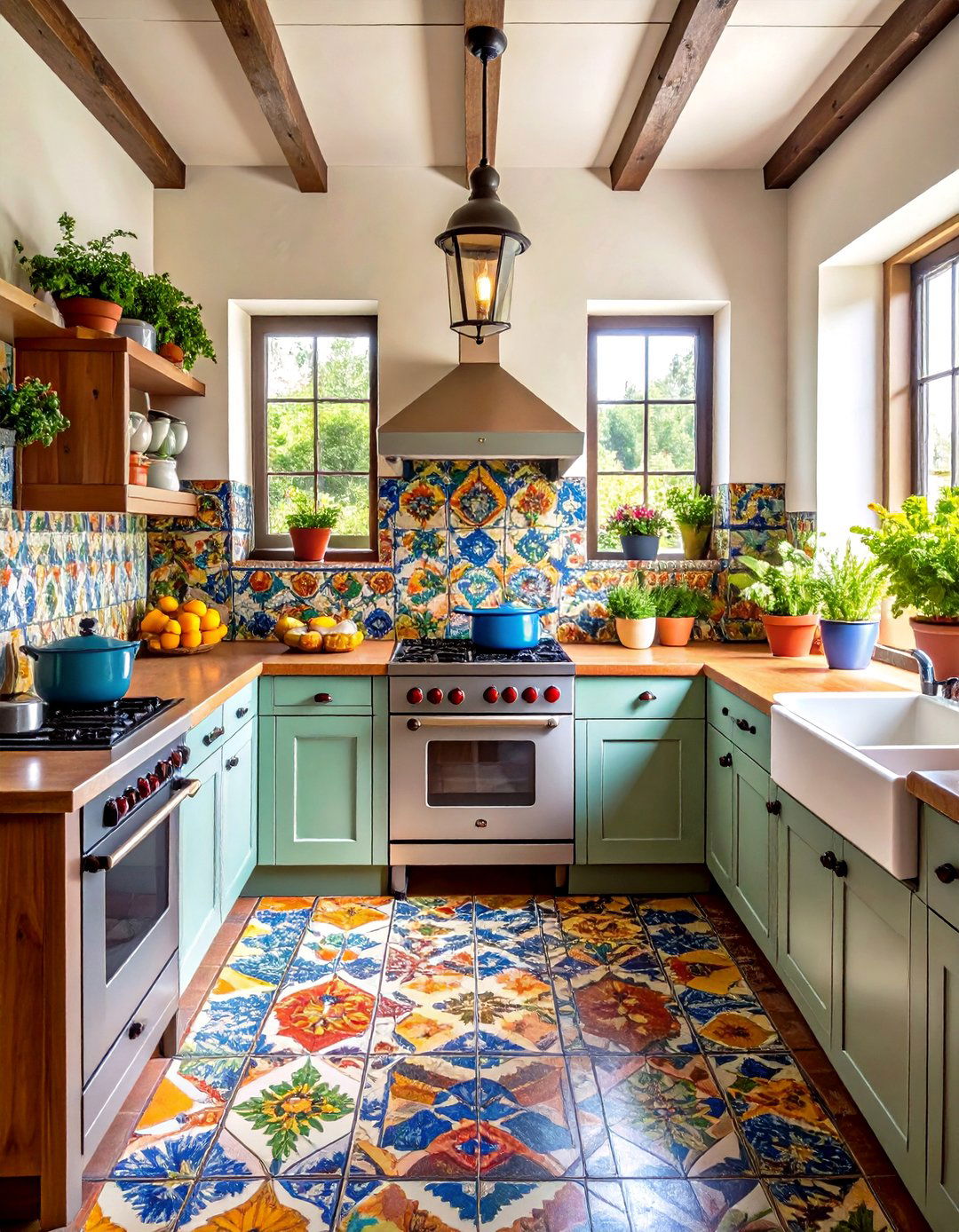
Decorative, hand-painted tile backsplashes introduce vibrant patterns and artisanal flair. Consider majolica-style tiles featuring floral motifs, geometric designs, or traditional Mediterranean imagery. Arrange them in focal areas—behind the range or sink—to infuse color and craftsmanship into your kitchen. These tiles not only protect walls from splashes but also serve as a visual centerpiece, elevating the entire design with their unique, handcrafted charm.
4. Rustic Stone Flooring
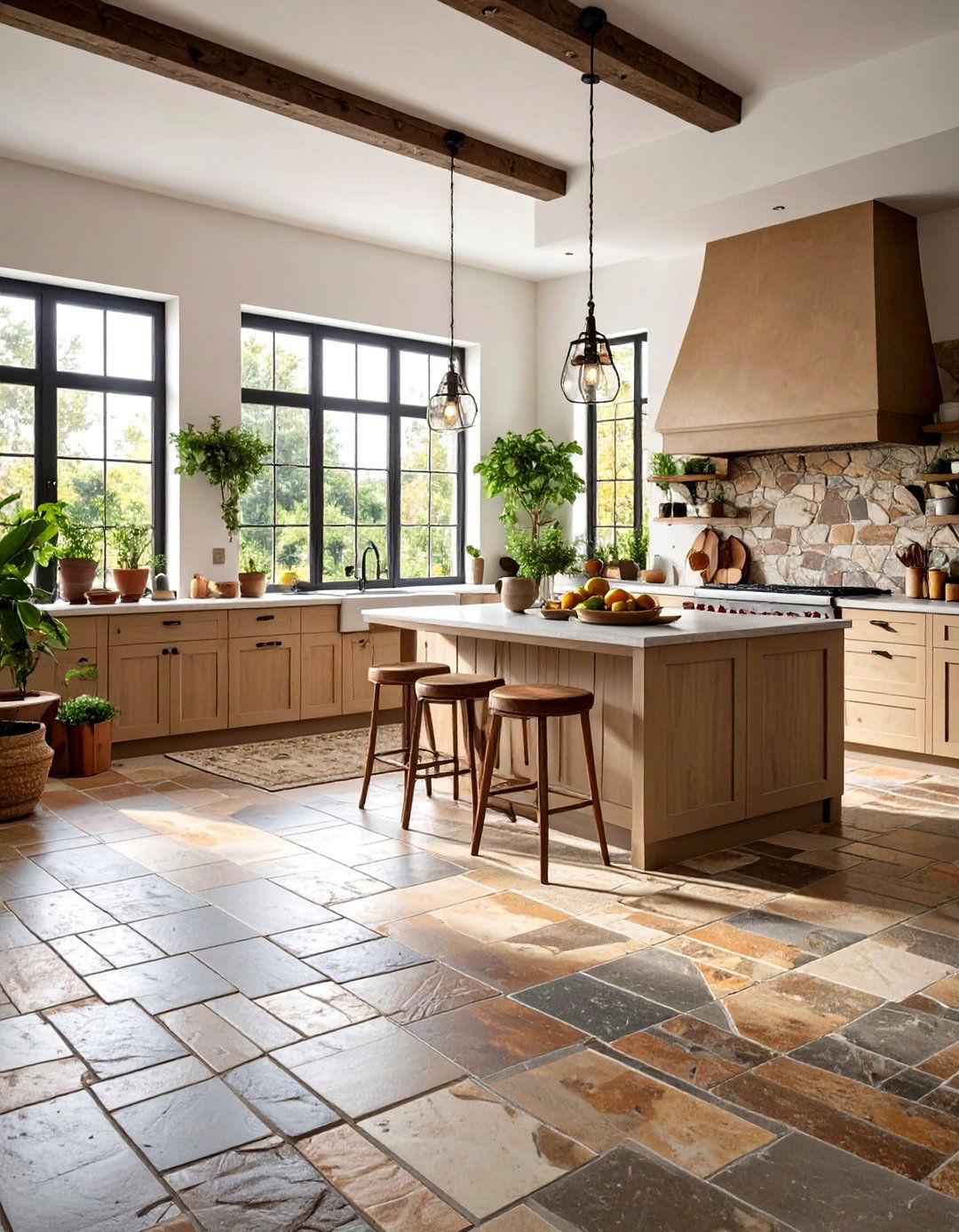
Durable, natural stone floors—such as limestone or slate—offer both practicality and rustic elegance. Their earthy hues and subtle variations in texture evoke the worn flagstones of historic Tuscan estates. Opt for large-format tiles laid in a staggered pattern to minimize grout lines and create a sense of continuity. These floors age gracefully, acquiring a patina over time that enhances their character and reinforces the kitchen’s old-world appeal.
5. Distressed Wood Cabinetry

Cabinet doors finished with a distressed or whitewashed technique lend a soft, weathered look that complements Tuscan aesthetics. Choose woods like reclaimed oak, chestnut, or pine, stained to allow natural grain to show through. Hardware in dark iron or bronze contrasts beautifully against the light-toned doors. This approach underscores the authenticity of the design, providing storage that feels both functional and steeped in history.
6. Cast Iron Hardware
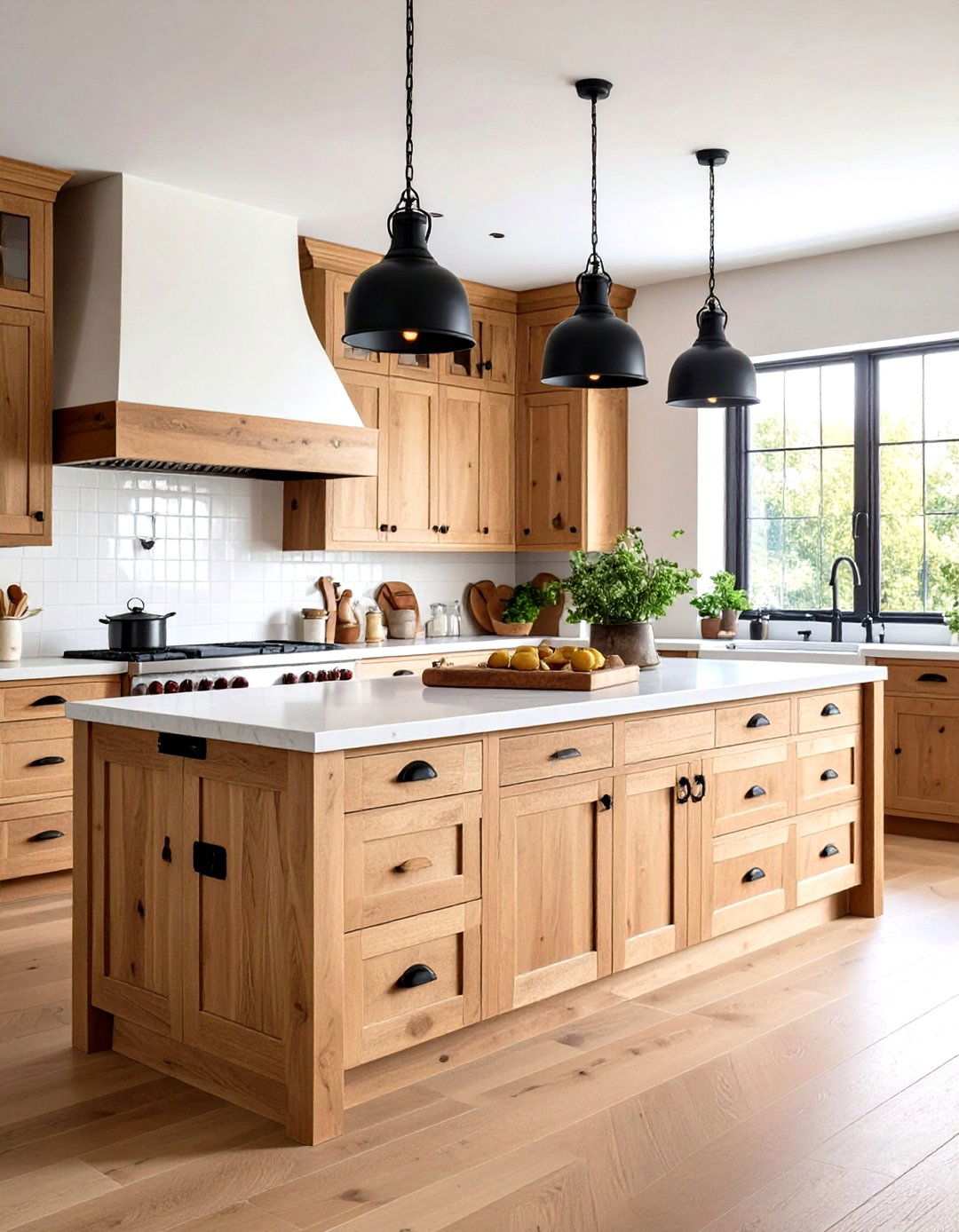
Incorporate heavy-duty cast iron knobs, handles, and hinges to secure cabinetry and drawers. These pieces, often custom-forged by skilled artisans, emphasize the robust, utilitarian spirit of Italian farmhouse kitchens. Matte black or antiqued finishes work particularly well, standing out against lighter wood or painted cabinetry. Beyond aesthetics, cast iron hardware promises longevity and adds a tactile quality to every opening and closing motion.
7. Copper Pot Displays
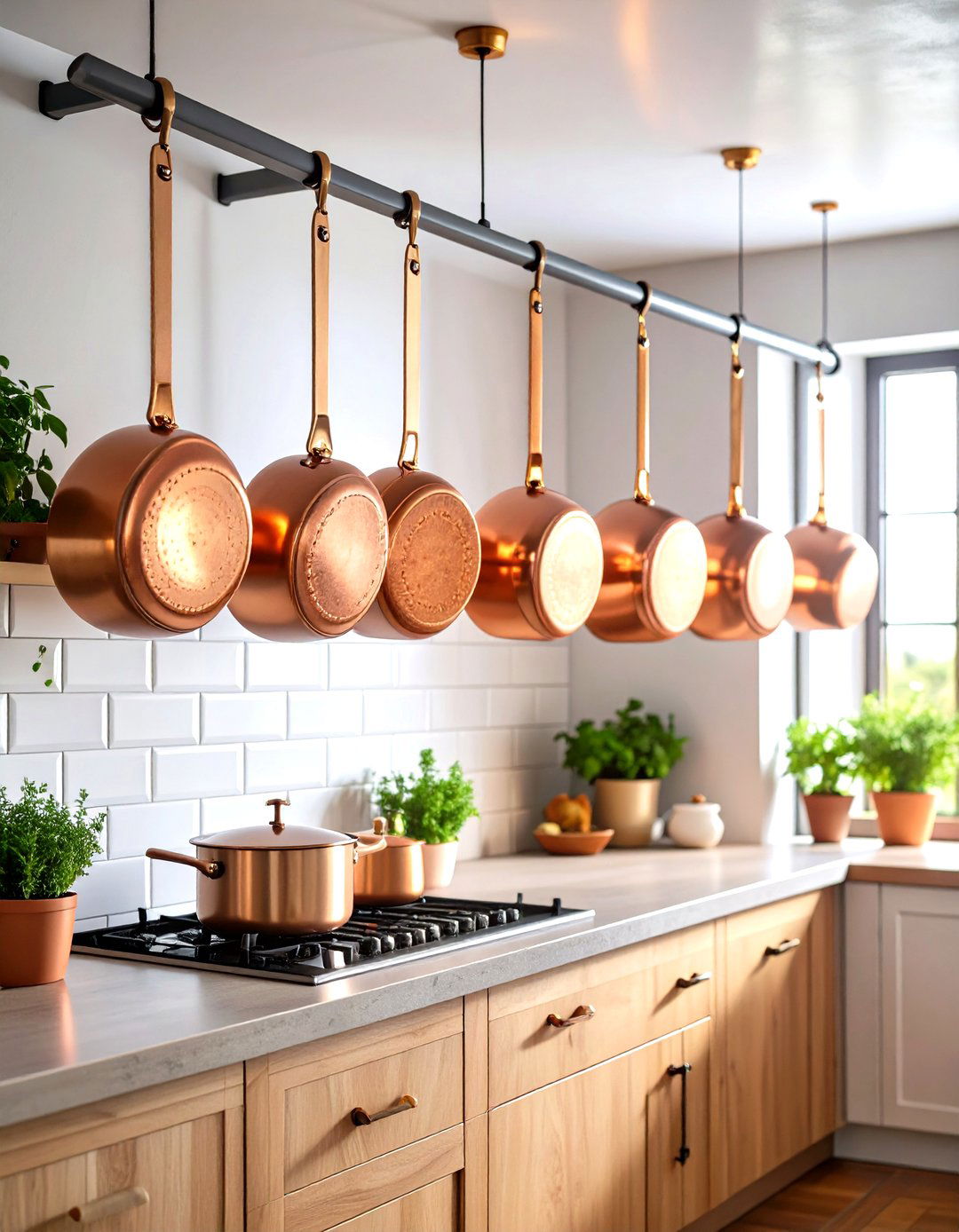
Showcase your collection of copper pots and pans by hanging them from a ceiling-mounted pot rack or wall hooks. The warm metallic sheen of copper adds luster and reflexive glow, while nodding to Tuscan culinary traditions. Not only does this provide easy access to cookware, but it also transforms everyday kitchen tools into decorative elements that enhance the room’s authenticity and warmth.
8. Arched Openings and Doorways
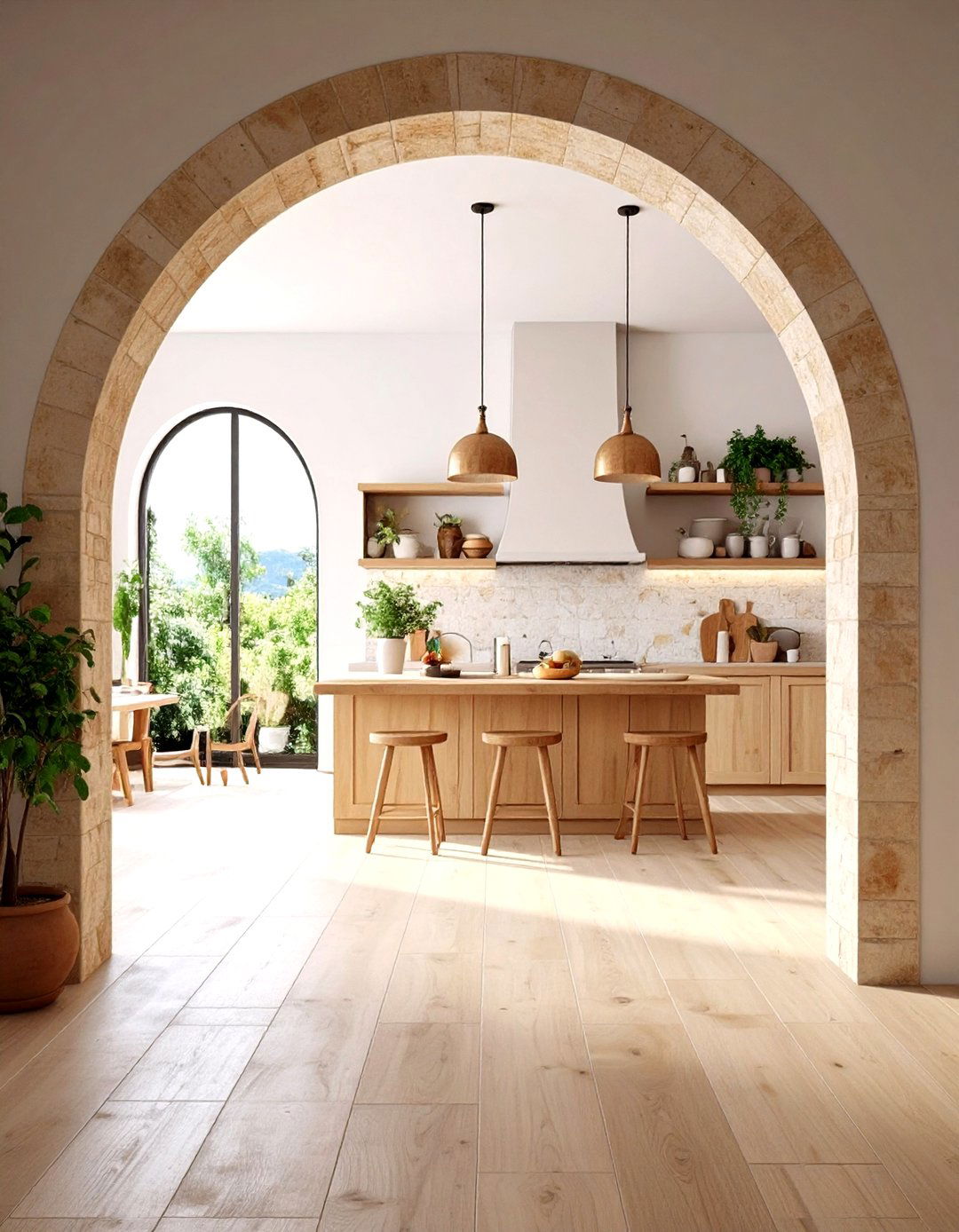
Incorporate soft, arched shapes for doorways, windows, or pass-throughs to echo classic Mediterranean architecture. These curves soften transitions between spaces and frame views into adjoining rooms or outdoor vistas. Finished in plaster or stone, arches lend an elegant, handcrafted feel and reinforce the traditional character of a Tuscan kitchen design.
9. Terracotta Floor Tiles
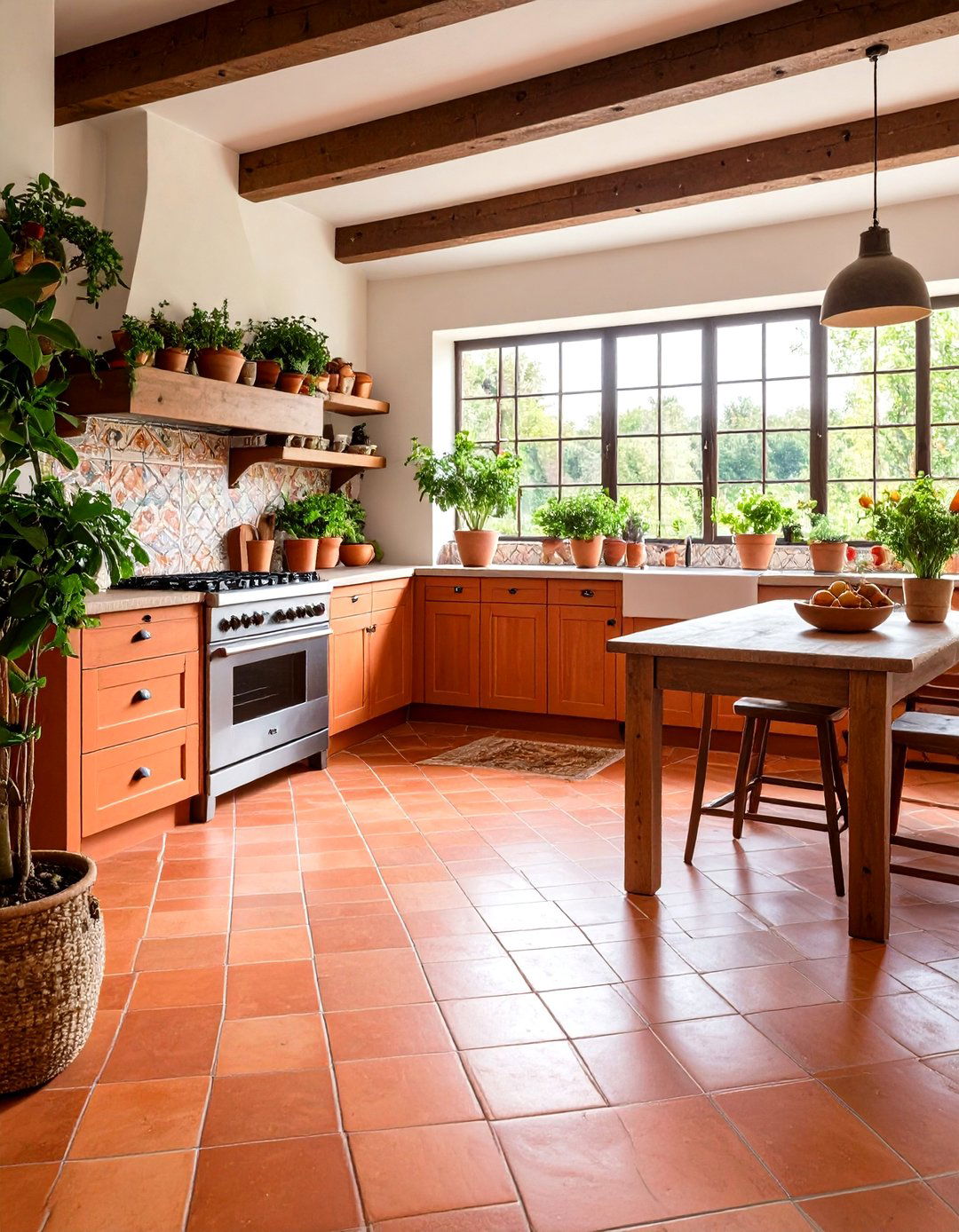
Classic terracotta tiles—either hand-made or factory-produced—provide a warm, reddish-brown foundation reminiscent of rustic Italian farmhouses. Their porous, matte surface offers slip resistance and ages gracefully, developing a patina with foot traffic. Layout patterns such as herringbone or brick bond add visual interest, while simple square tile installations maintain a timeless appeal.
10. Open Shelving with Tuscan Accessories

Replace upper cabinets with open wooden shelving to display earthenware, hand-thrown pottery, and vintage olive oil bottles. This approach keeps items within easy reach and transforms everyday objects into curated decor. Pair shelves with corbels or brackets in wrought iron or carved wood to reinforce the rustic, artisanal vibe.
11. Vaulted Ceilings with Brick Accents
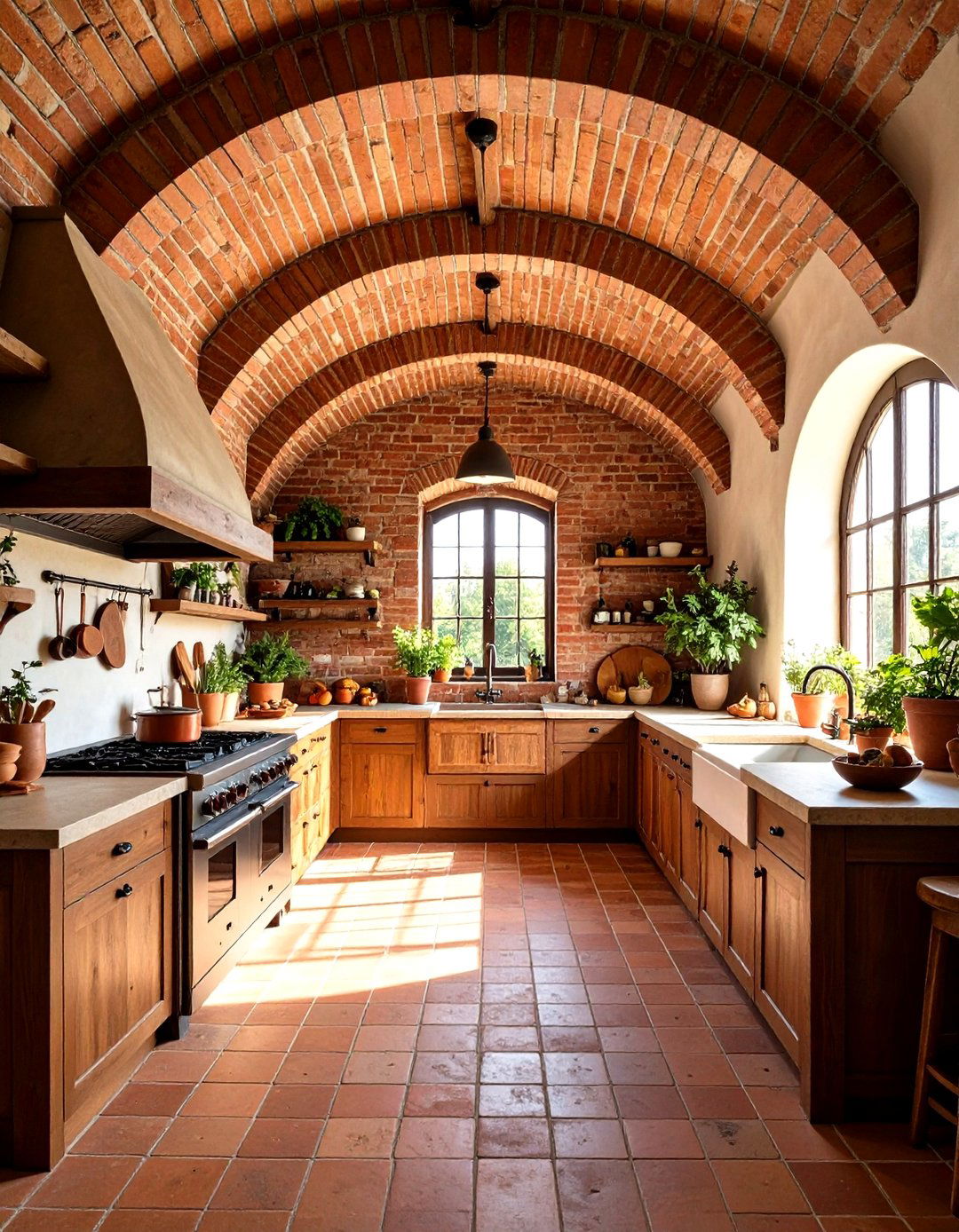
Highlight vaulted or cathedral ceilings lined with exposed brick or terracotta barrel vaults for architectural drama. These overhead features capture vaulted cellars and wine cellar aesthetics typical of rural Tuscan estates. The interplay between smooth plaster and rough brick adds depth and history overhead, making the kitchen feel expansive yet intimate.
12. Travertine Countertops
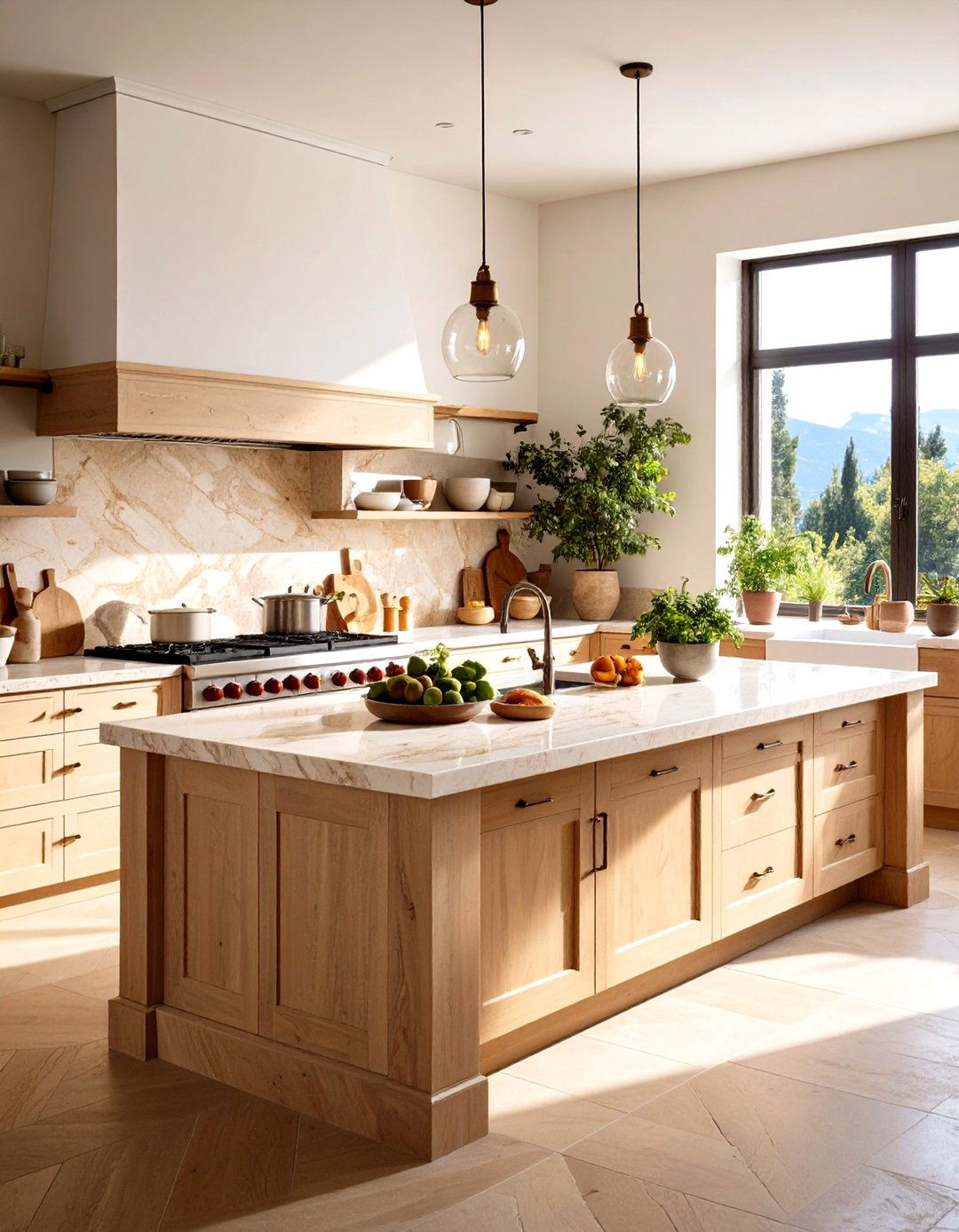
Opt for honed travertine countertops to complement stone flooring and rustic wood elements. Travertine’s warm, neutral tones and natural veining echo the limestone quarries of Tuscany. While it requires sealing to resist stains, its lived-in character and matte finish align perfectly with a Tuscan kitchen’s understated elegance.
13. Glass-Fronted Cabinets
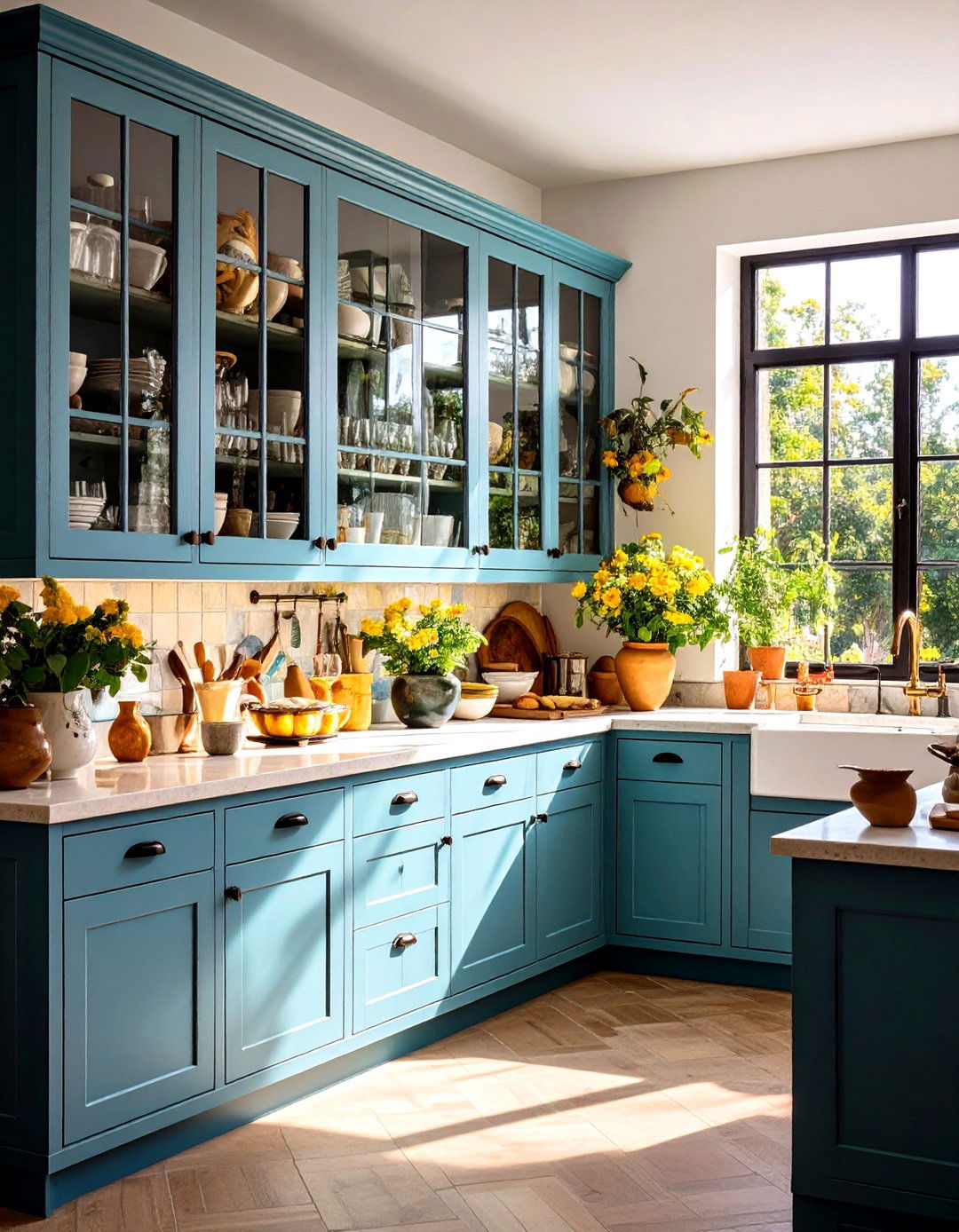
Incorporate glass-fronted upper cabinets to balance solid wood doors and lighten the visual weight of a kitchen. Use clear or lightly frosted glass to softly showcase fine china, stemware, or decorative plates. Glass fronts introduce reflective surfaces that prevent the room from feeling too heavy or enclosed.
14. Integrated Wood-Burning Oven
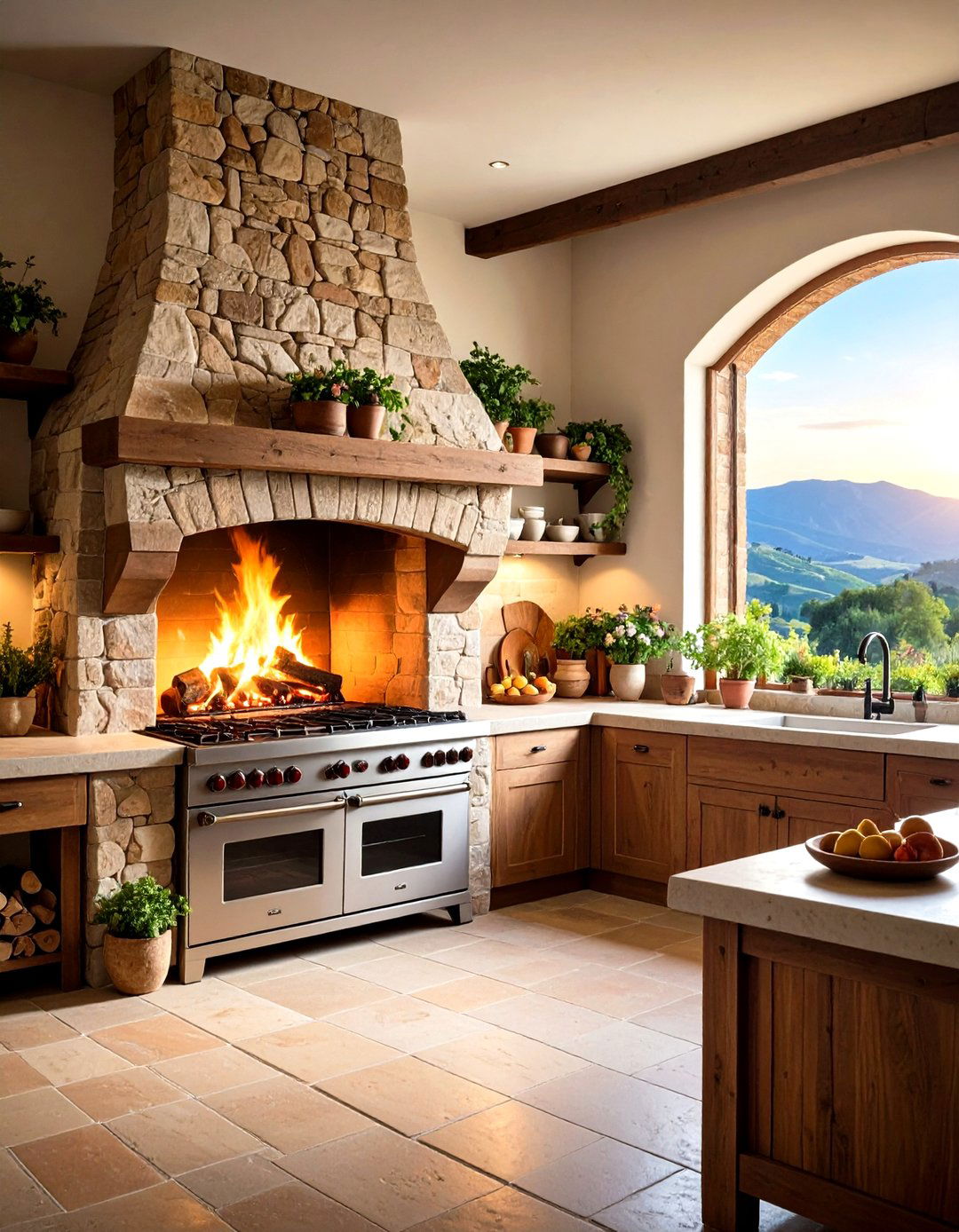
Install a built-in, masonry wood-burning oven—often inset into a stone or brick alcove—to capture the essence of Tuscan cooking traditions. Beyond its authentic appearance, a wood-burning oven adds functional versatility, allowing for pizzas, breads, and slow-roasted dishes to be prepared with unique flavor profiles.
15. Warming Fireplace Feature
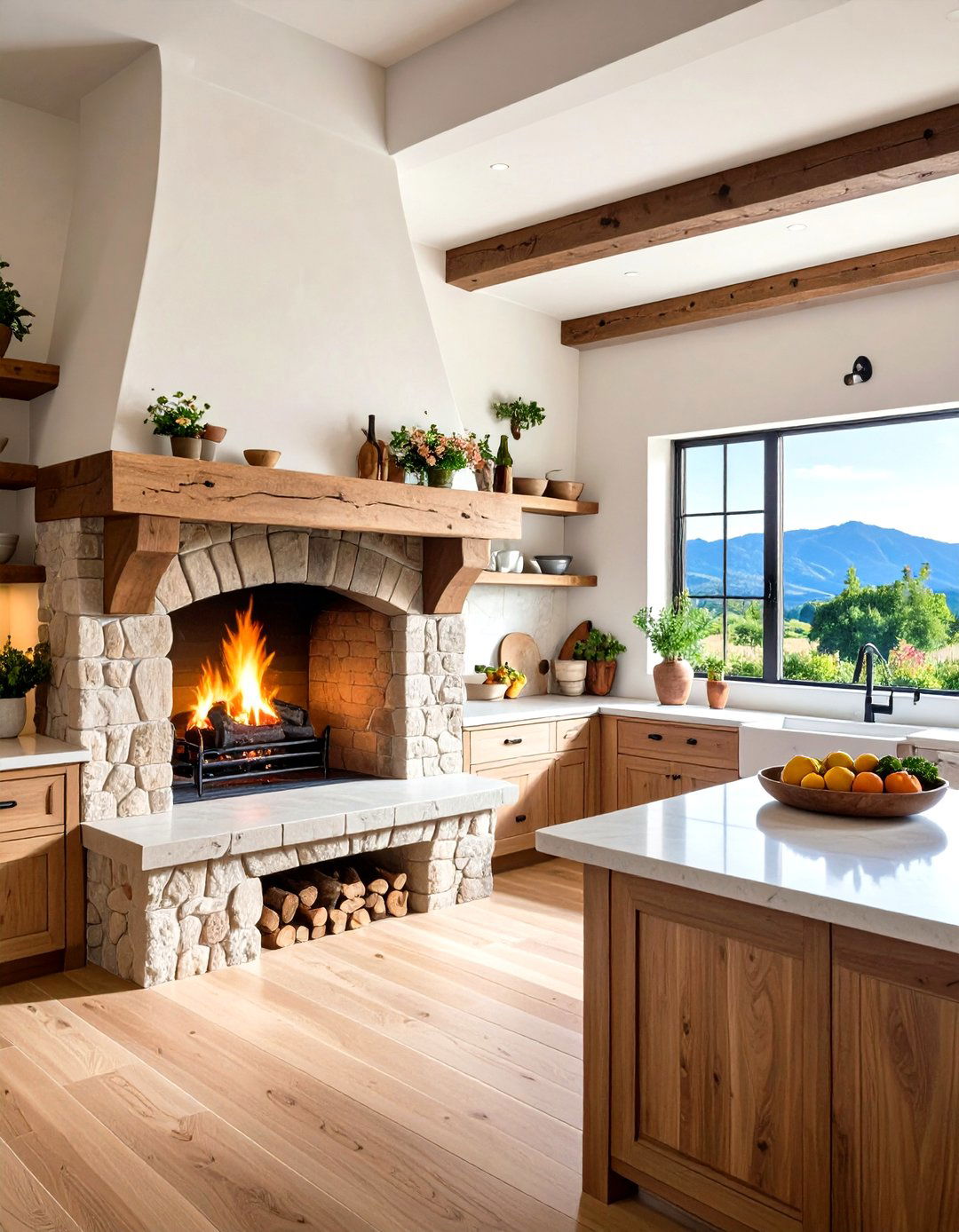
Include a large, open-hearth fireplace—preferably lined with carved stone or brick—for added coziness and as a secondary cooking area. This feature doubles as a warming nook, perfect for gathering on cool evenings. Embellish the mantle with wrought iron tools and rustic wooden beams to complete the look.
16. Ornate Range Hood
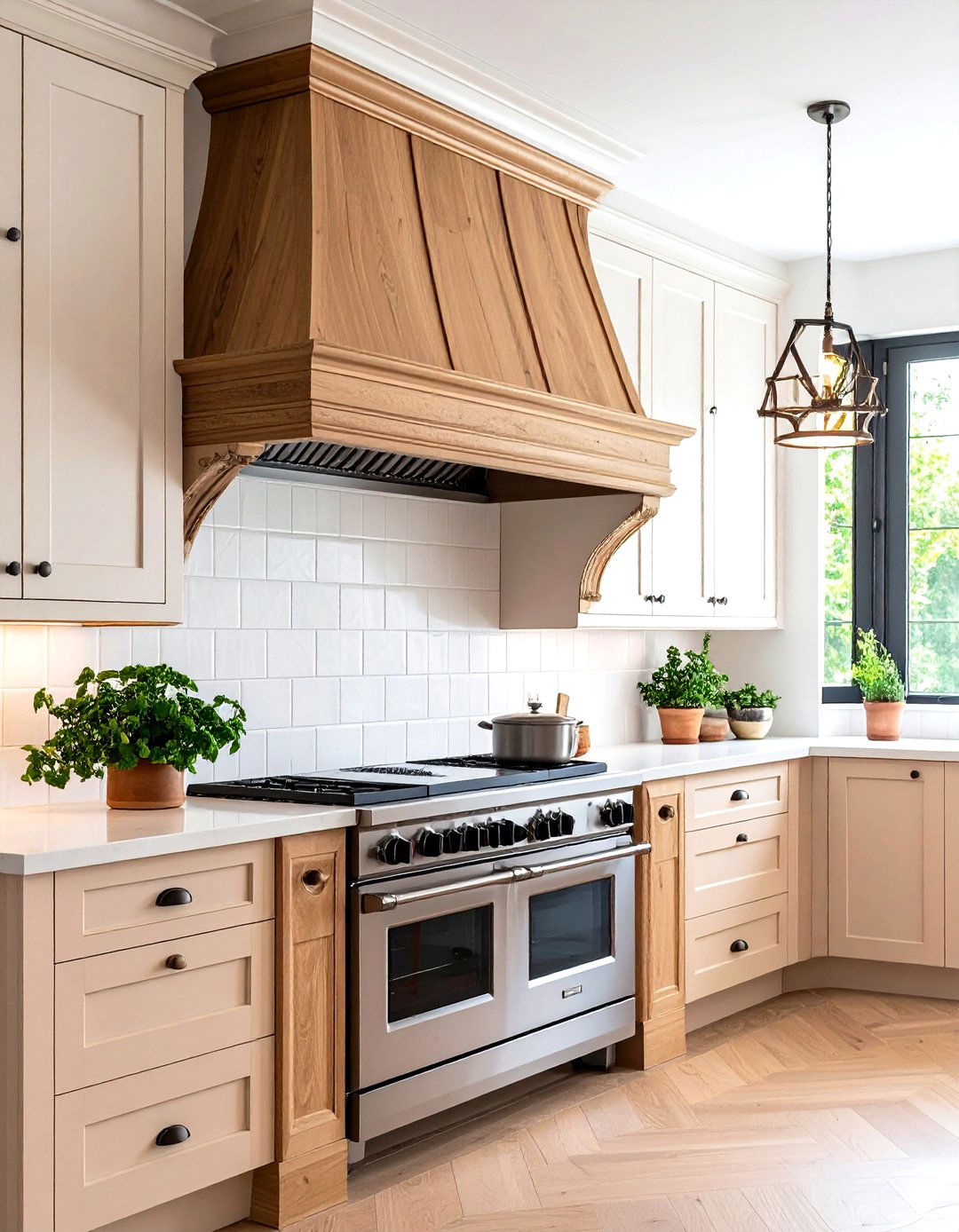
Anchor the cooking range with an ornate hood crafted from carved wood, copper, or painted plaster. Embellishments like corbels, molding, or hand-painted designs transform a functional necessity into a focal point. This hood style recalls the grand kitchens of Italian villas, offering both ventilation and visual drama.
17. Textured Plaster Walls
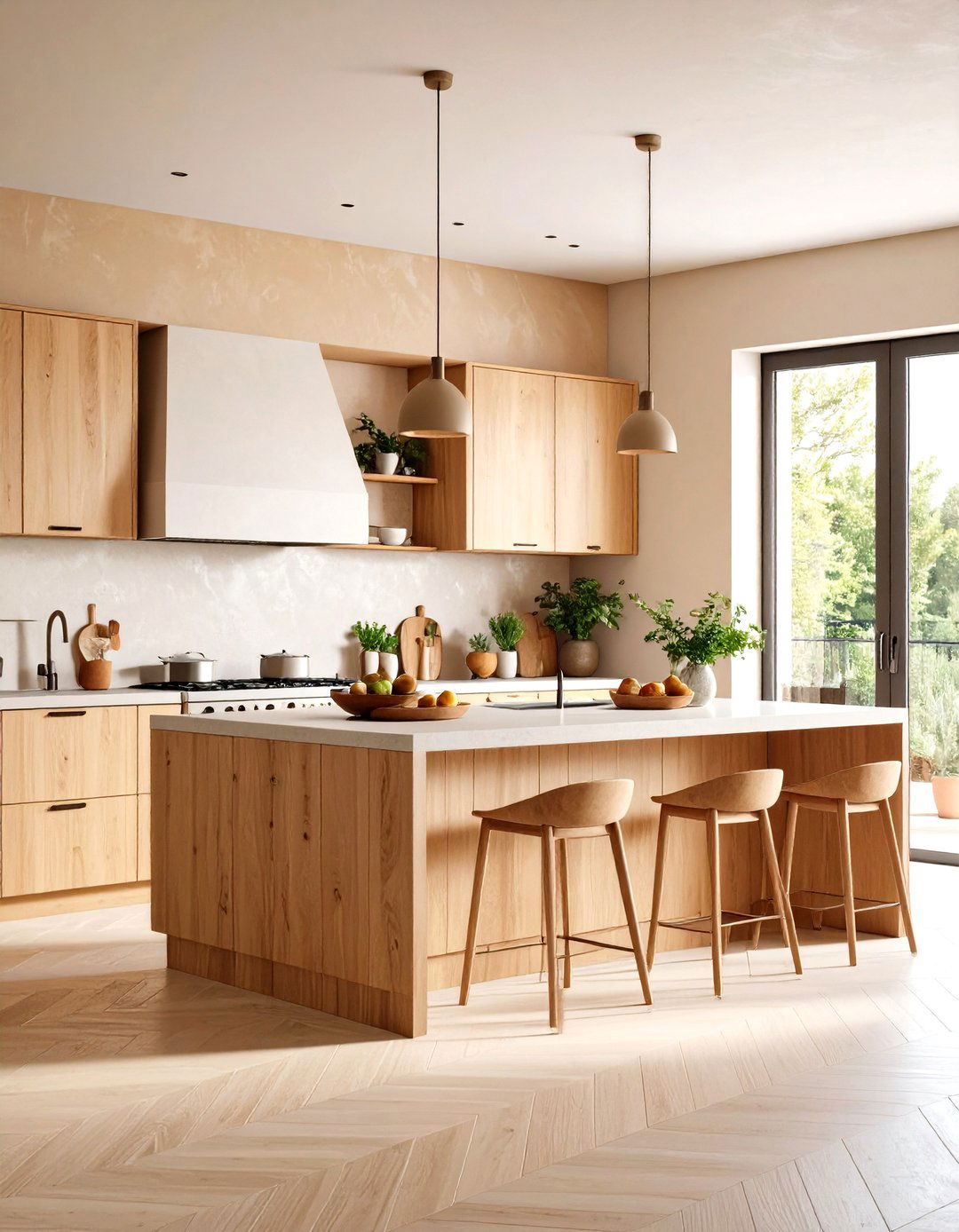
Finish walls with a troweled, textured plaster in warm neutrals to achieve subtle depth and variation. This treatment evokes handcrafted walls of historic Tuscan estates, where imperfections enhance character. Easy to maintain and repair, plaster walls also provide a forgiving backdrop for cabinetry, art, and open shelving.
18. Iron Chandeliers and Lighting
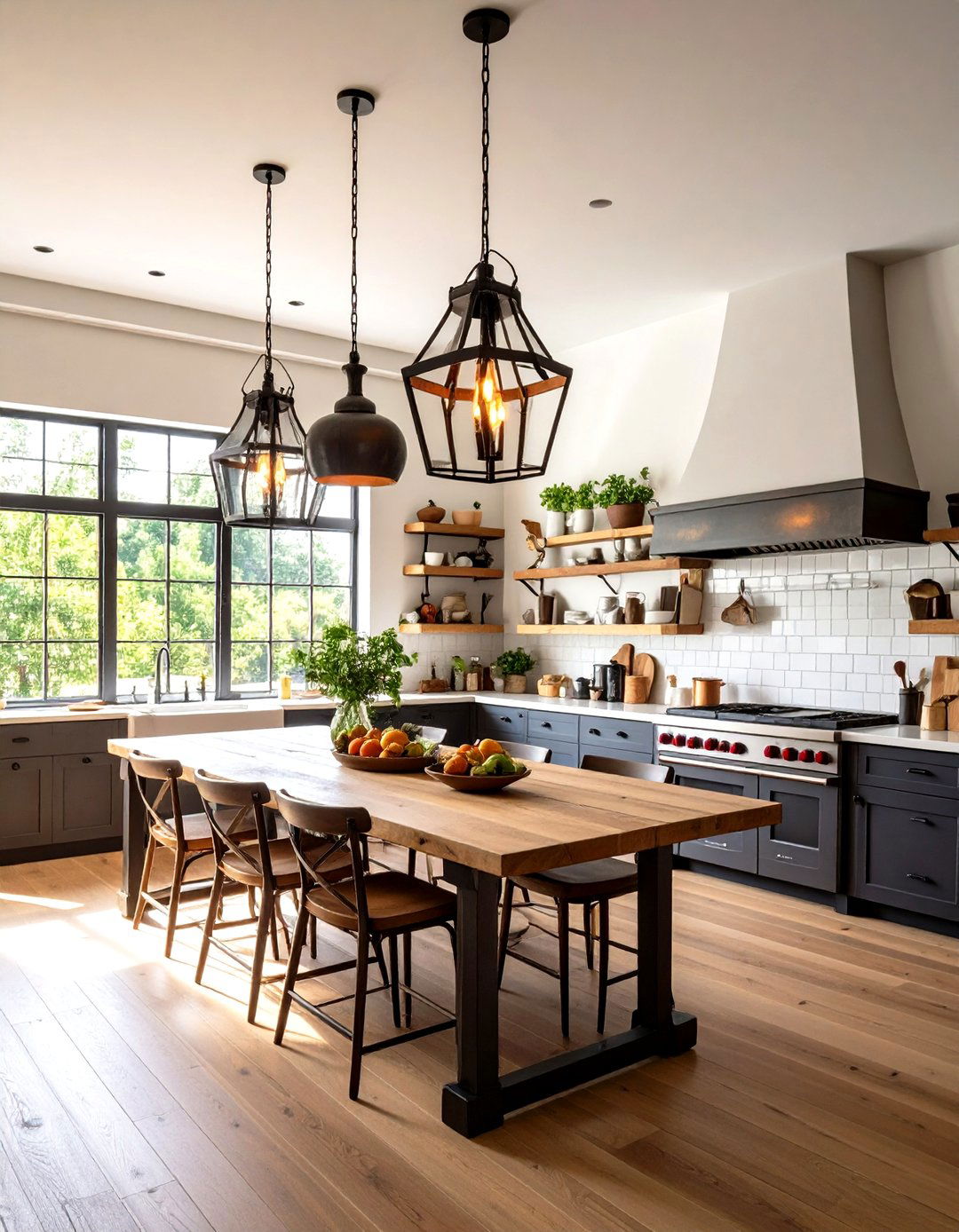
Illuminate the space with wrought iron chandeliers, pendant lights, and sconces featuring aged finishes and simple, geometric forms. These fixtures add sculptural interest overhead and cast warm, diffused light that complements the earthy palette. Pair multiple pendants over an island or a central chandelier for a touch of Old World glamour.
19. Natural Stone Countertops
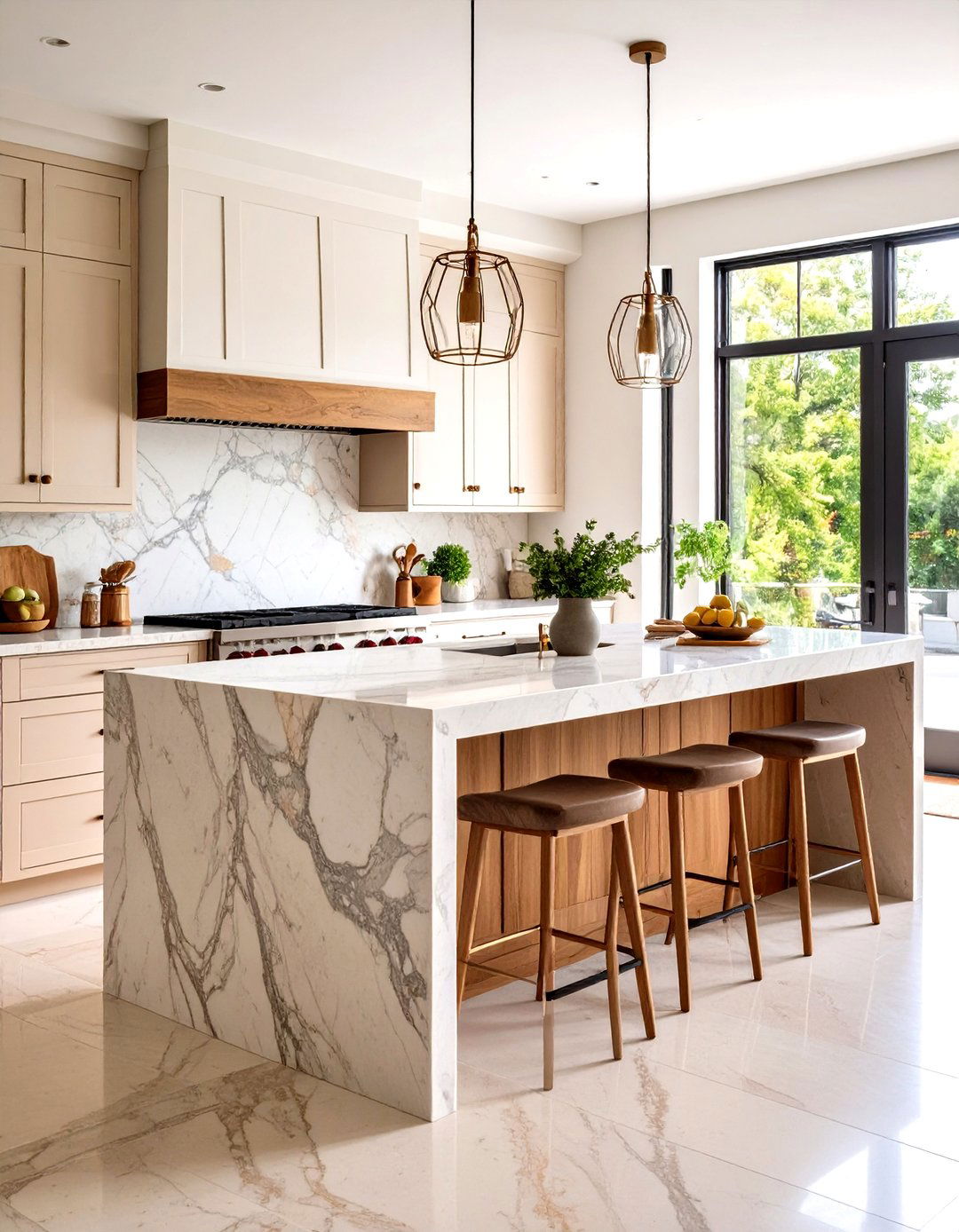
In addition to travertine, consider granite or marble slabs with honed or leathered finishes for kitchen surfaces. These durable stones offer unique veining and character, enhancing the organic quality of the space. Select edges with a simple bullnose or chiseled finish to maintain that handcrafted feel.
20. Display Plate Wall Decor

Use decorative, hand-painted ceramic plates to create a gallery wall or accent above open shelving. Plate displays introduce color, pattern, and personal flair, while celebrating traditional Italian motifs. Secure plates with sturdy plate hangers to ensure longevity, and arrange them in grids or organic clusters for visual impact.
Conclusion:
By weaving together natural materials, artisanal craftsmanship, and time-honored architectural details, a Tuscan kitchen transcends mere functionality to become a celebration of Italian heritage and hospitality. From the warmth of earthen hues and terracotta floors to the elegance of curved arches and custom-forged ironwork, each element contributes to a cohesive, inviting environment. With these 20 design ideas—grounded in historic precedent yet adaptable to modern needs—you can craft a kitchen that feels both authentically rustic and enduringly elegant, where every meal becomes a tribute to the rich cultural tapestry of Tuscany.


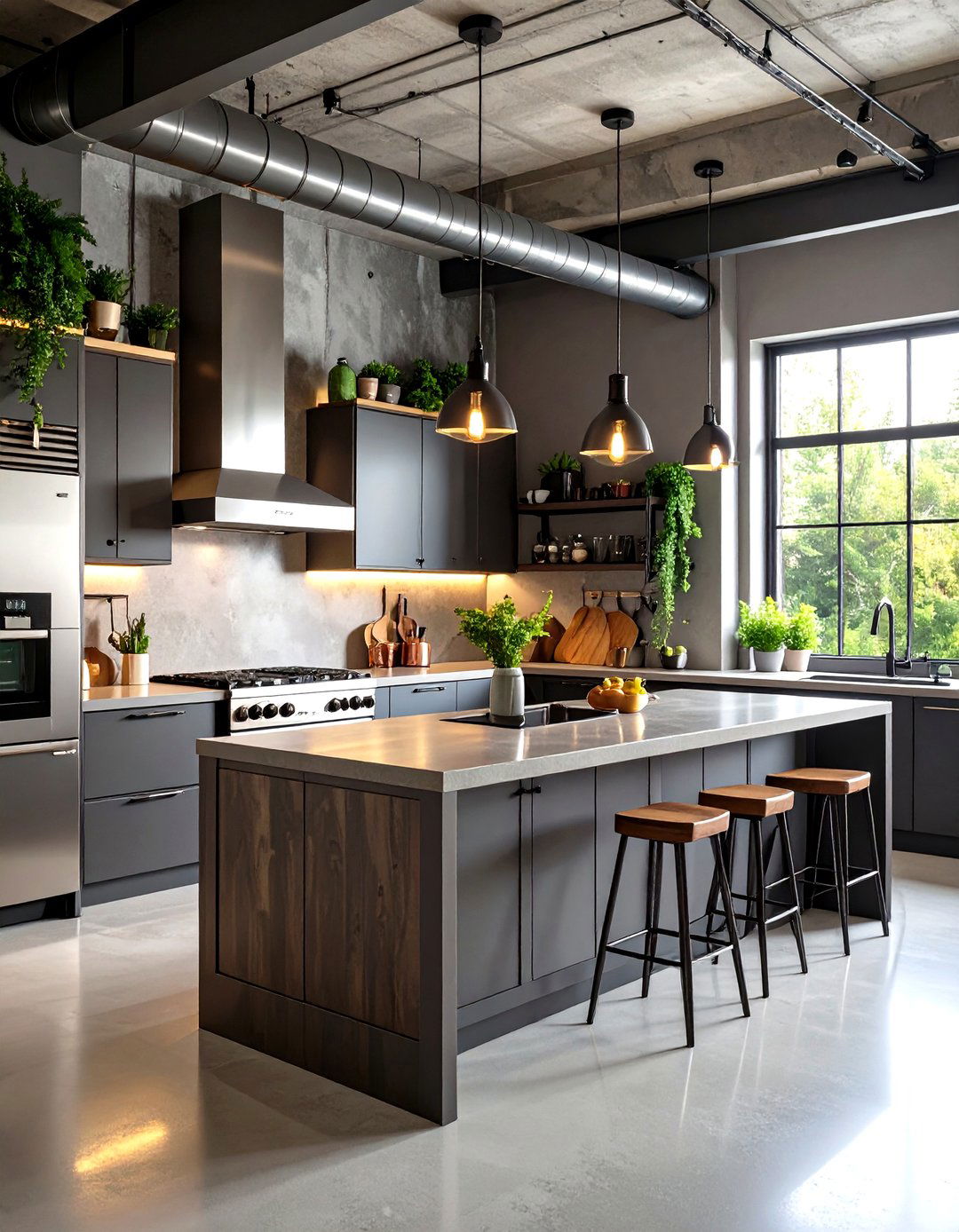
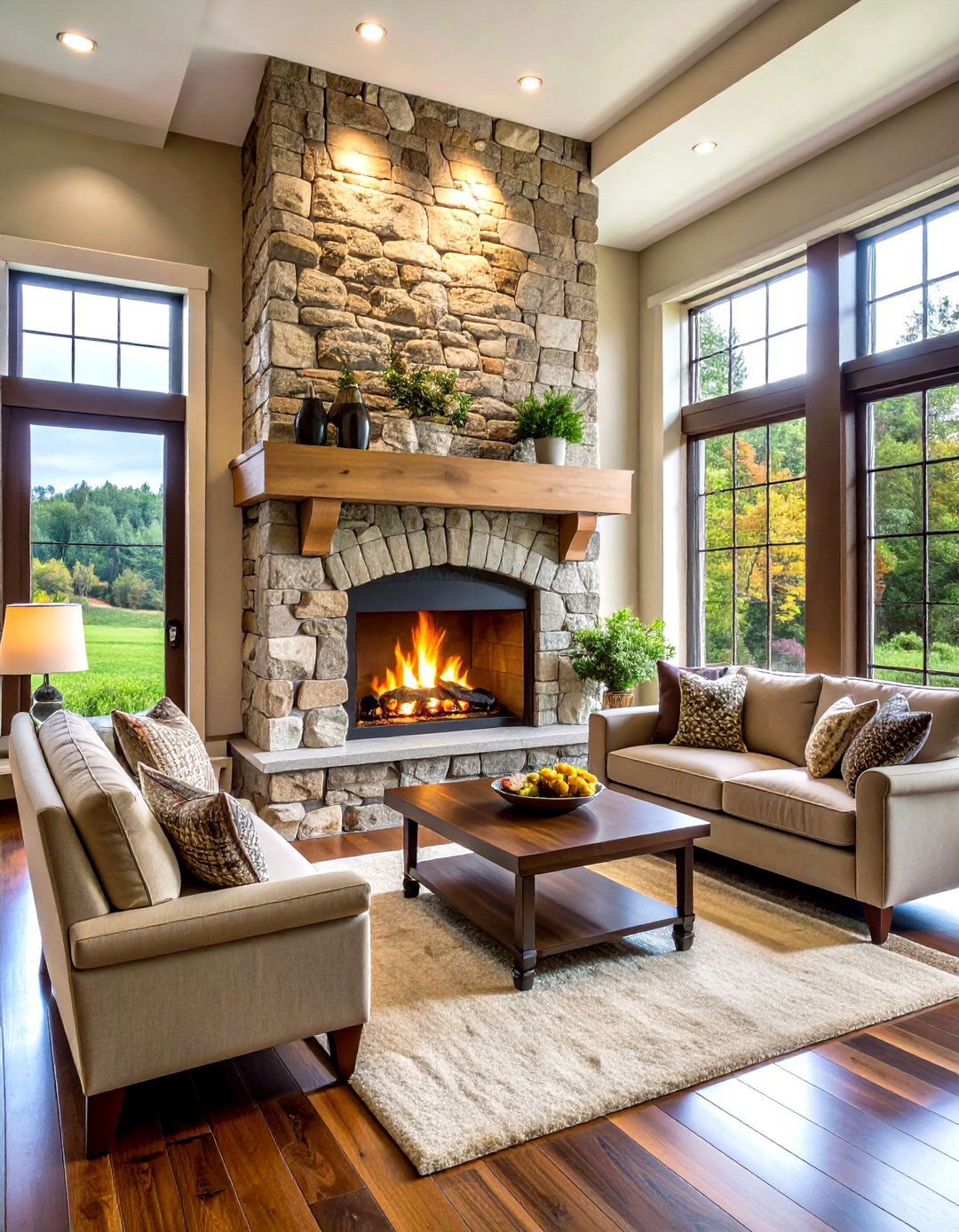

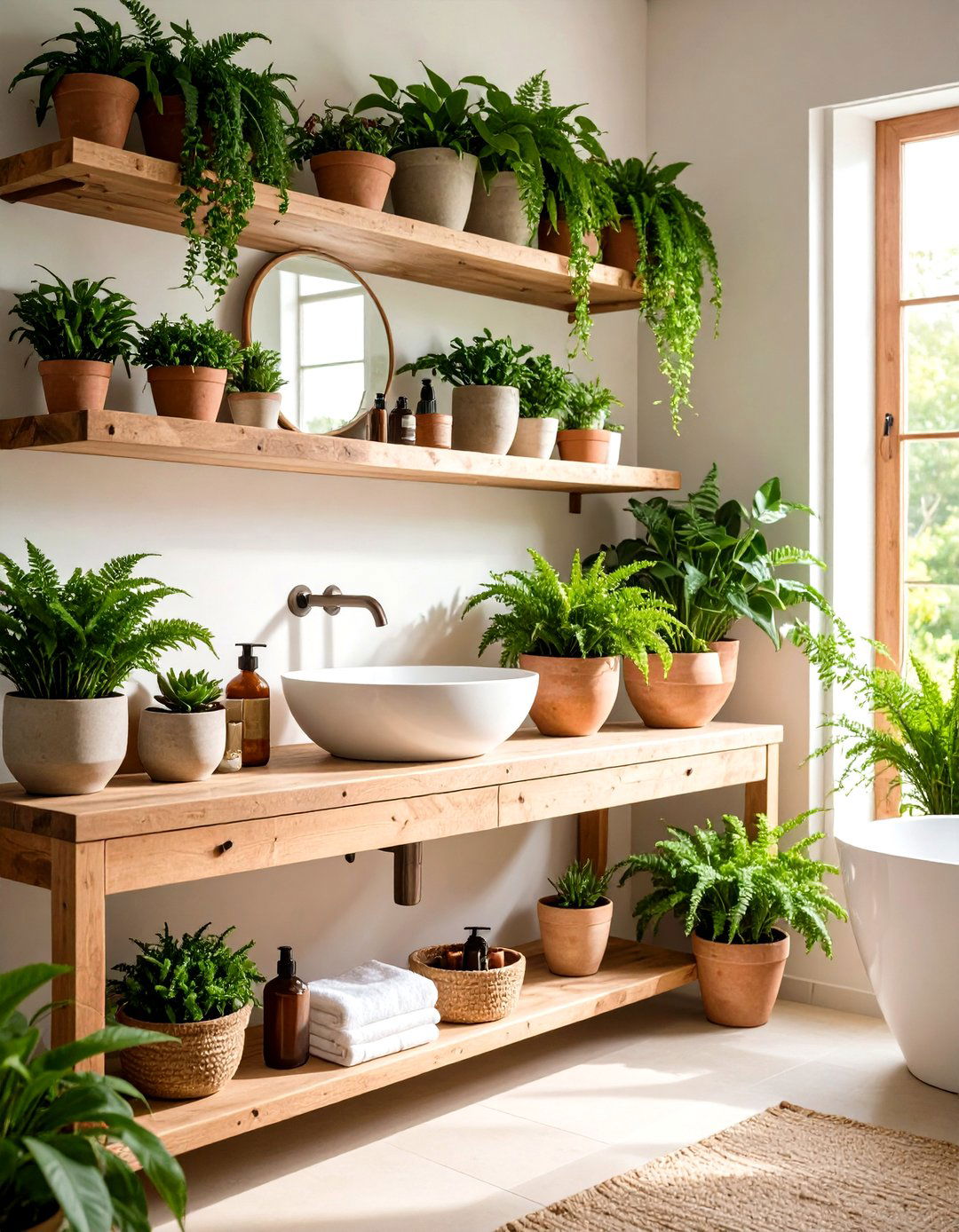
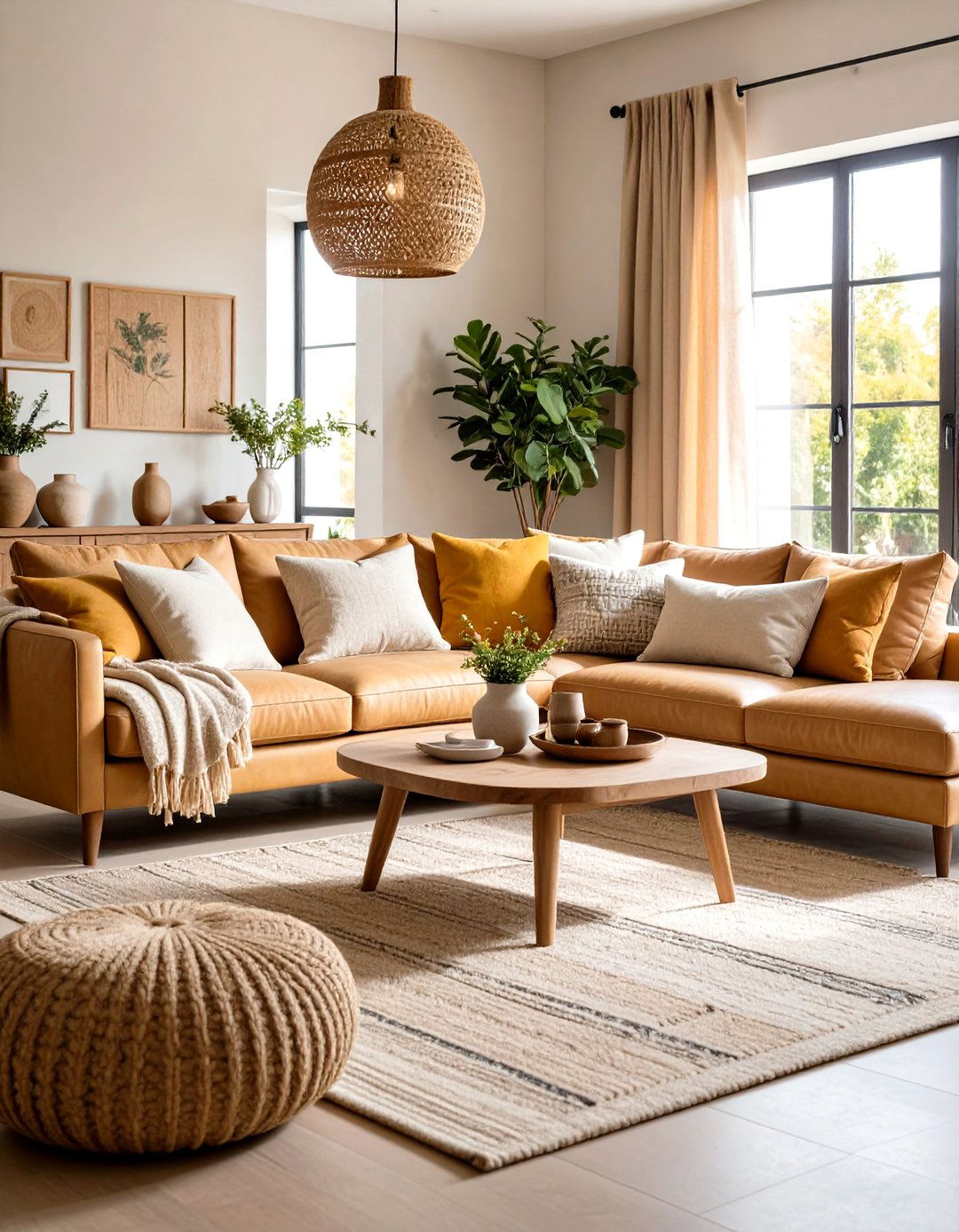


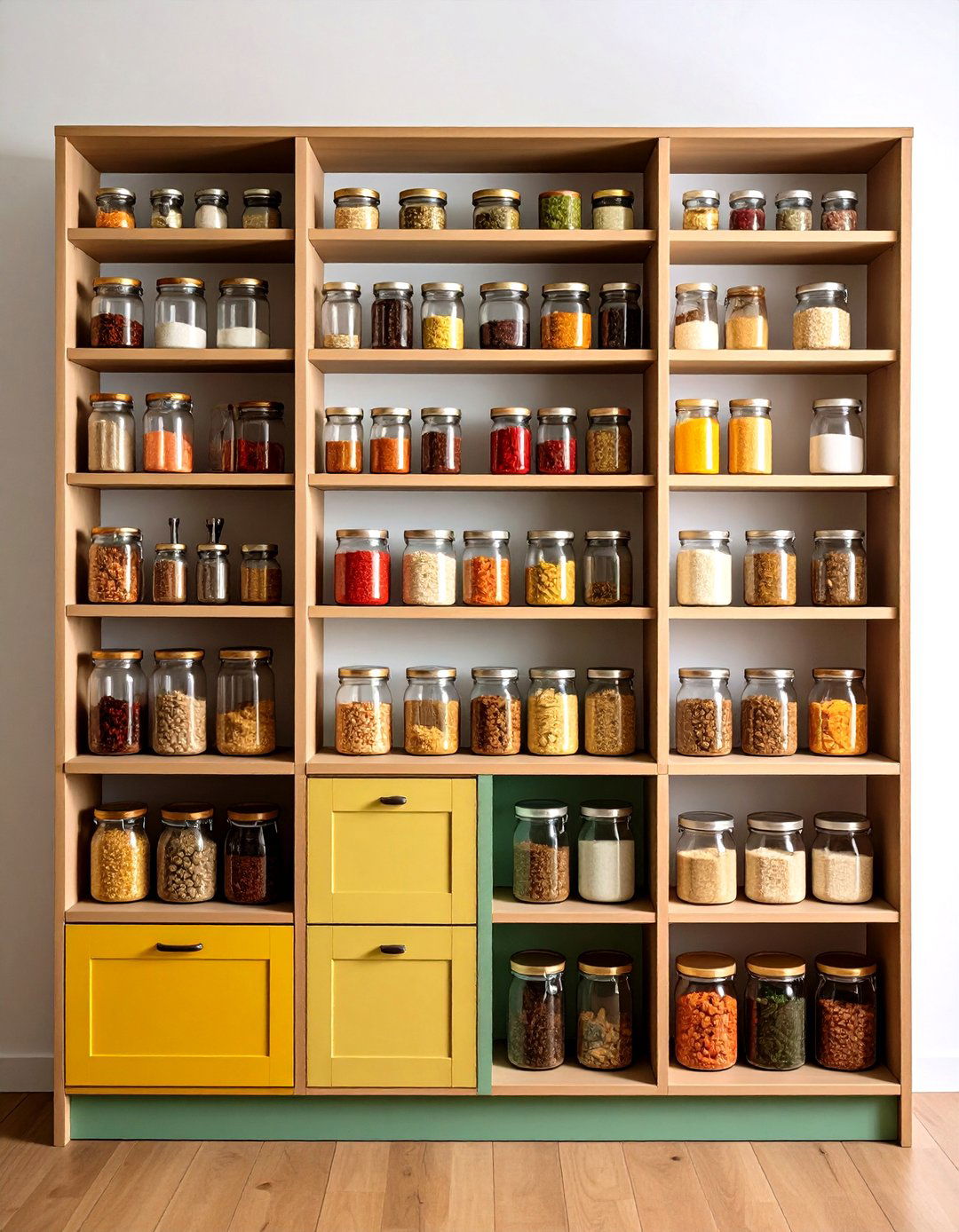


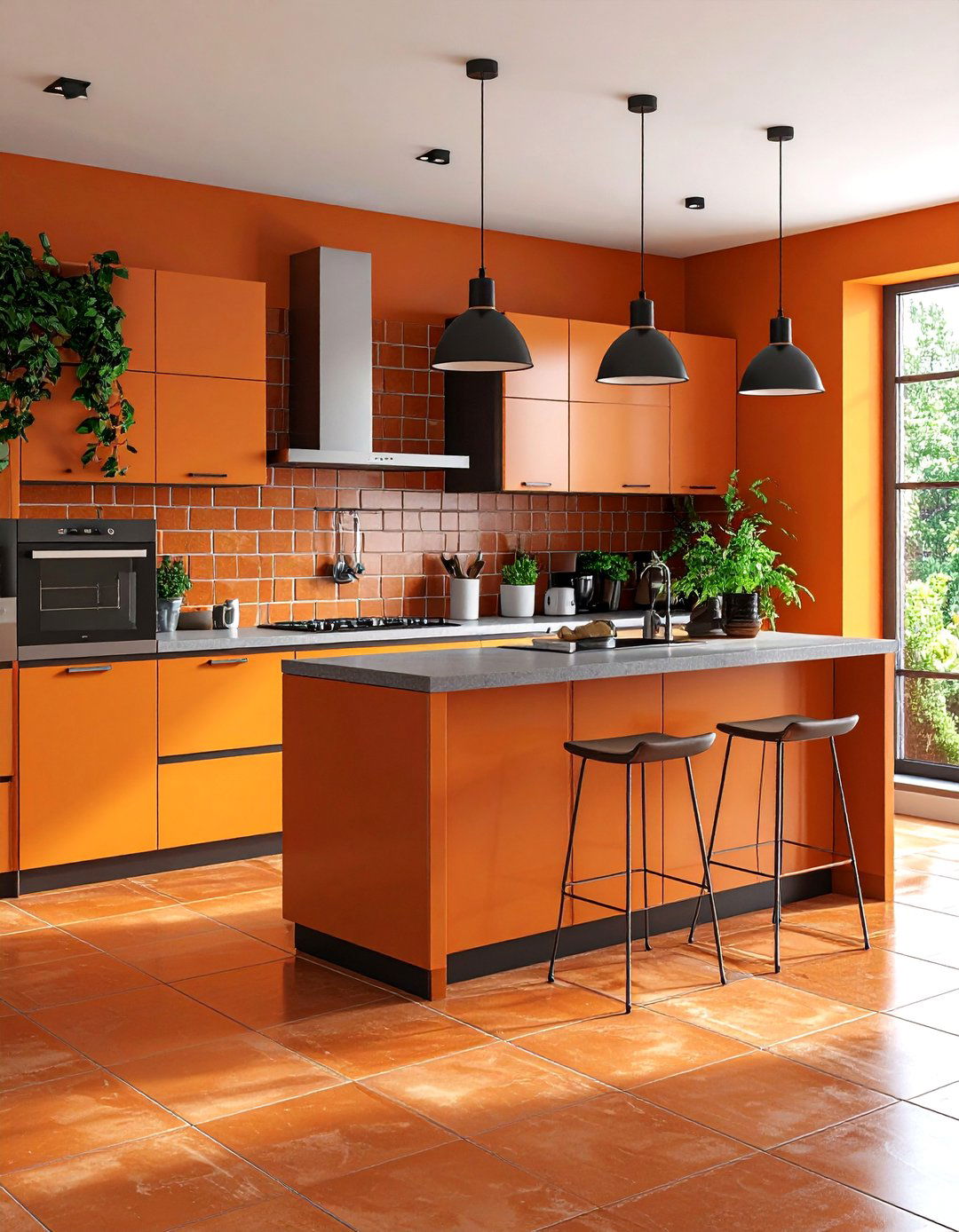

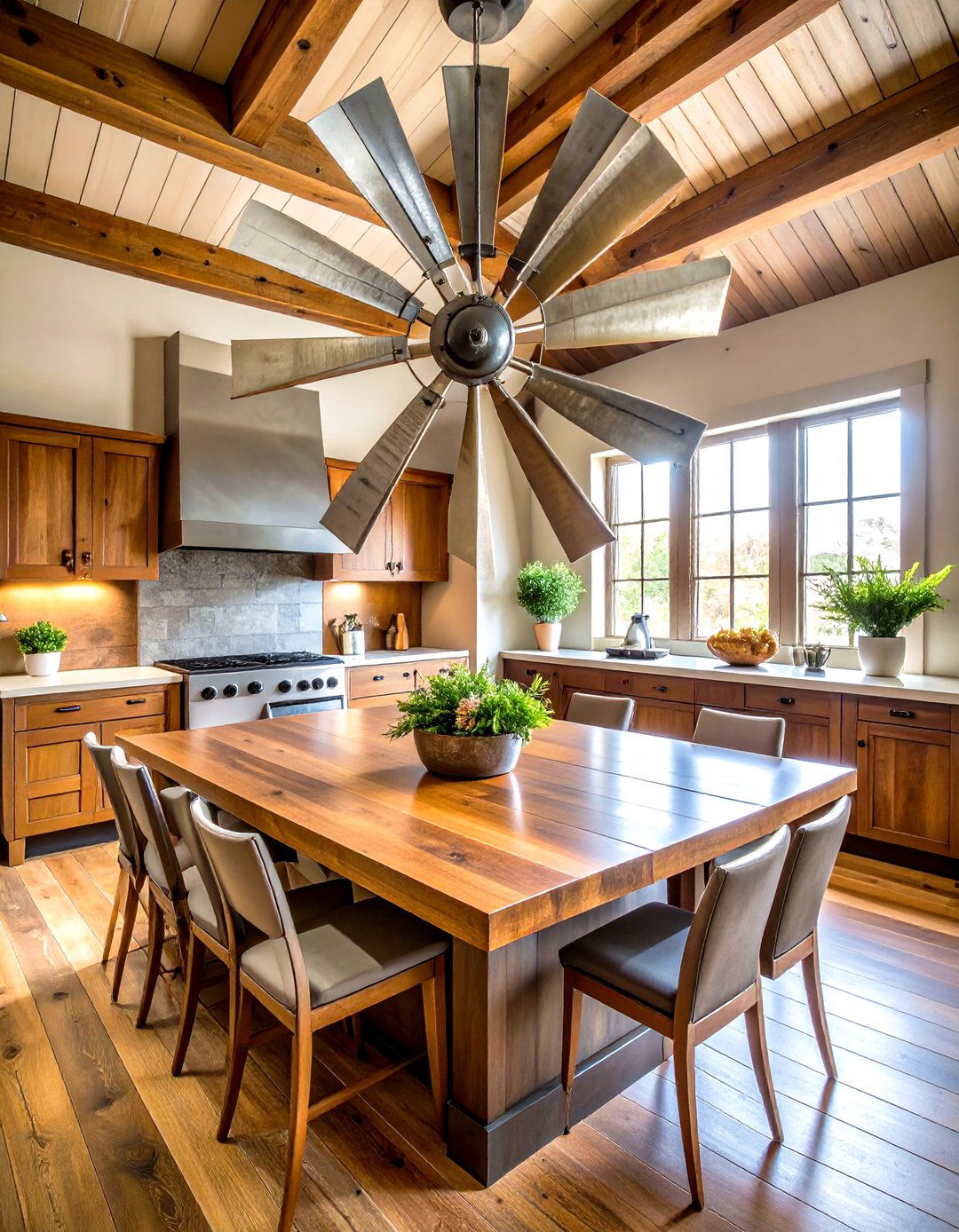
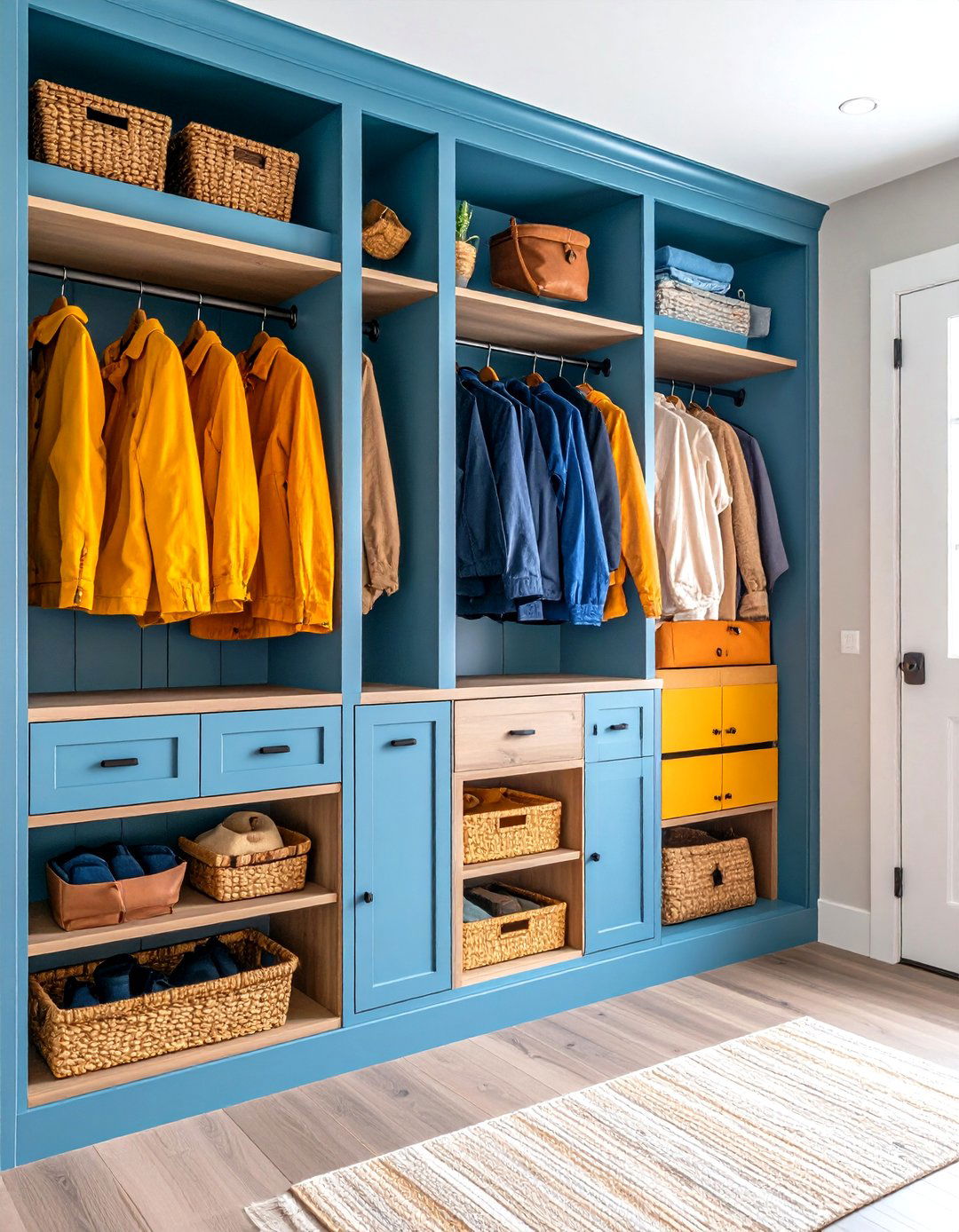
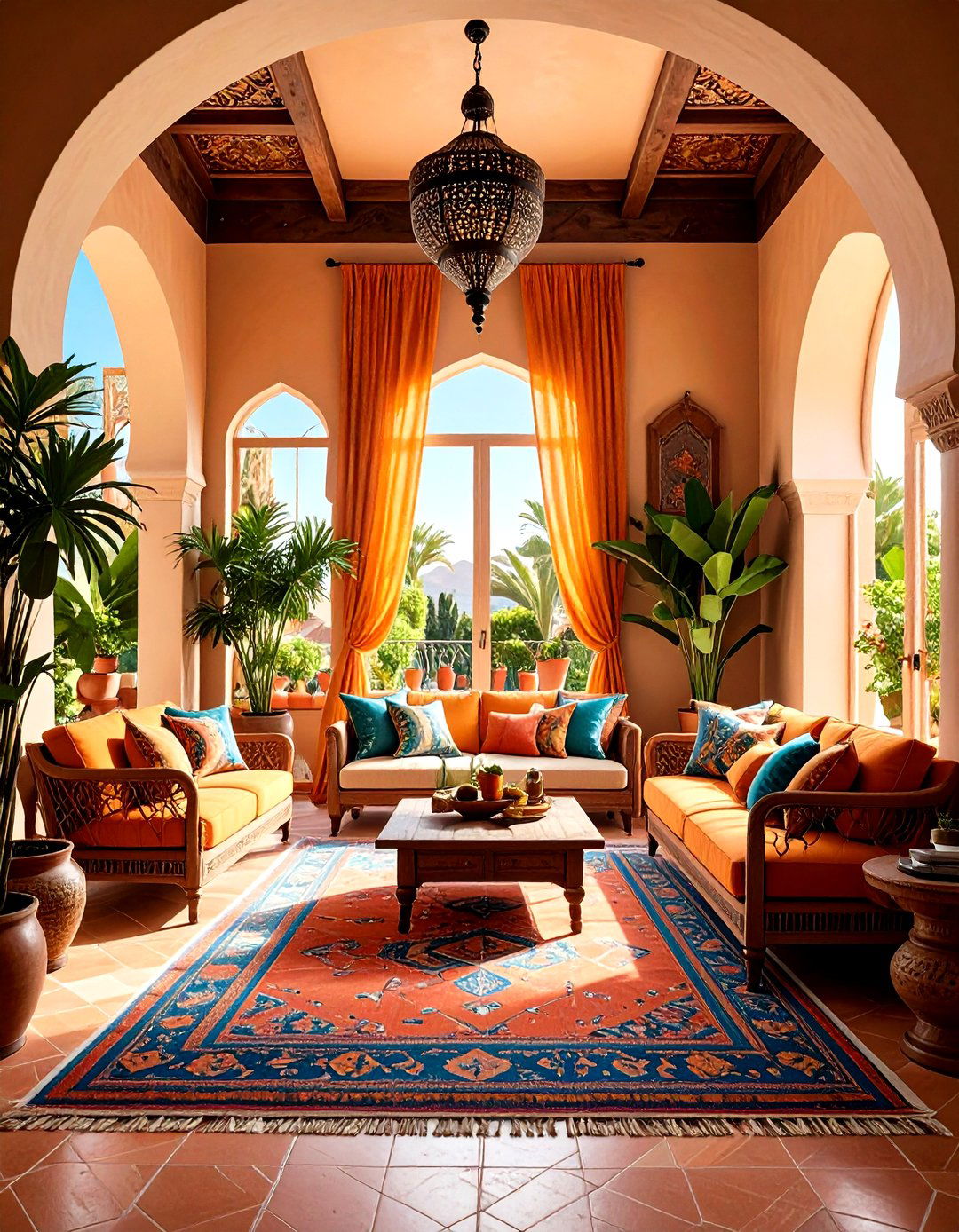
Leave a Reply